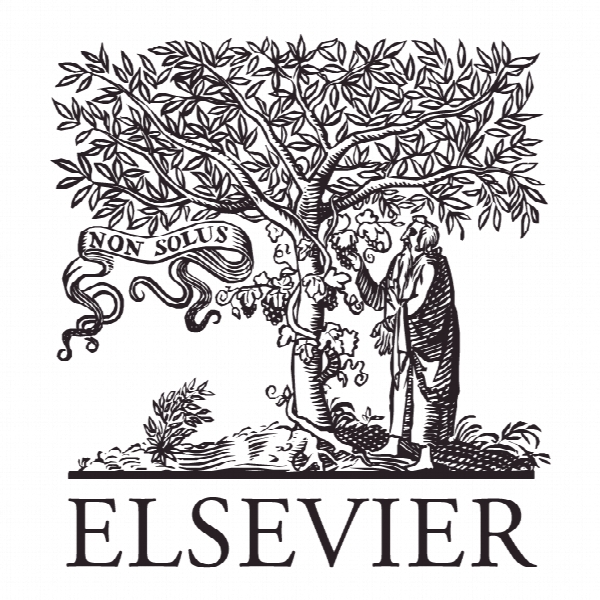مسائل مربوط به ارزیابی با PLS و CBSEM: جایی که بایاس نادرست است! Estimation issues with PLS and CBSEM: Where the bias lies!
- نوع فایل : کتاب
- زبان : انگلیسی
- ناشر : Elsevier
- چاپ و سال / کشور: 2017
توضیحات
رشته های مرتبط آمار
مجله تحقیقات بازاریابی – Journal of Business Research
دانشگاه ماگدبورگ، آلمان
نشریه نشریه الزویر
مجله تحقیقات بازاریابی – Journal of Business Research
دانشگاه ماگدبورگ، آلمان
نشریه نشریه الزویر
Description
1. Introduction The extent to which researchers raise an issue is a subtle indicator of its importance. The benefits and limitations of partial least squares path modeling (PLS) is one such issue that scholars have heatedly debated across a variety of disciplines including marketing (e.g., Fornell & Bookstein, 1982; Hair, Sarstedt, Ringle, & Mena, 2012), strategic management (e.g., Bentler & Huang, 2014; Rigdon, 2012, 2014; Sarstedt, Ringle, Henseler, & Hair, 2014), and management information systems (e.g., Goodhue, Lewis, & Thompson, 2012; Marcoulides & Saunders, 2006; Ringle, Sarstedt, & Straub, 2012). Such scientific debates are important since they serve as a catalyst that sparks further careful examination of a method’s properties. Oftentimes, the result is improved understanding of the advantages and disadvantages of the focal method, but also additional research and methodological advances that stem from such objective and constructive discussions among scholars. Recently, however, the scholarly community has witnessed a surprising level of acrimony towards PLS. Antonakis, Bendahan, Jacquart, and Lalive (2010, p. 1103) allude that “there is no use for PLS whatsoever […] thus strongly encourage researchers to abandon it.” Other authors similarly suggest that the use of PLS “is very difficult to justify” (Rönkkö & Evermann, 2013, p. 443) or that “PLS should not be adopted as a tool for psychological research.” (Rönkkö, McIntosh, & Antonakis, 2015, p. 82). This new harshness climaxed in an editorial from the editors in chief of the Journal of Operations Management (Guide & Ketokivi, 2015, p. vii) who declared that they were “desk rejecting practically all PLS-based manuscripts.” 1 In a follow-up paper in the very same journal, Rönkkö, McIntosh, Antonakis, and Edwards (2016, p. 16) echo this call by suggesting that “the only logical and reasonable action stemming from objective consideration of these issues is to discontinue the use of PLS.” Leaving aside the tone of these and similar statements, which aim at shutting down any scholarly debate, the question arises why these authors cannot find even a single positive attribute of PLS despite its acceptance in scholarly research. In an effort to disentangle these opposing views, Rigdon (2016) offers an in-depth discussion of PLS and its origins, concluding that critics just as proponents of the method frequently offer incorrect or incomplete rationale for avoiding as well as using PLS. In addition, Rigdon (2016) concludes that many misconceptions about PLS have their roots in the method’s conceptual underpinnings and particularly the estimation philosophy it relies on (e.g., Rigdon, 2012).


